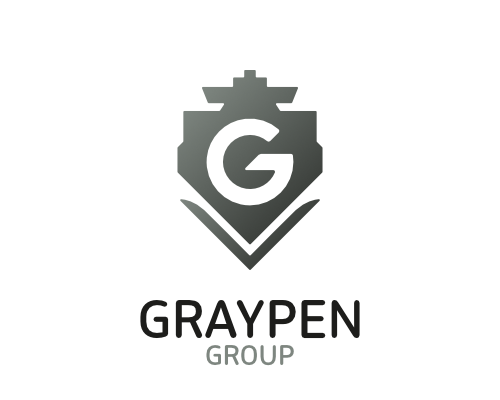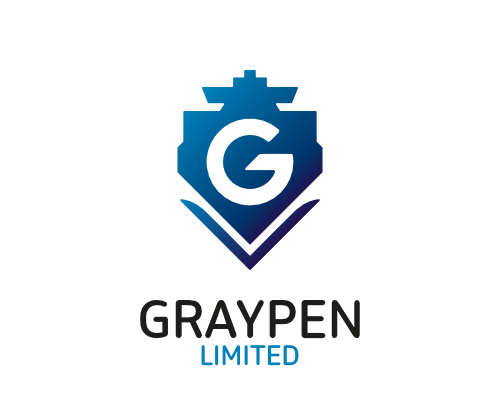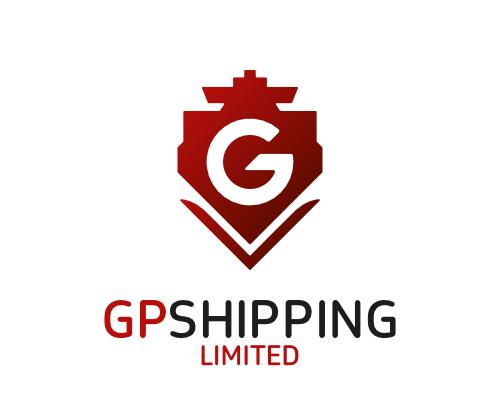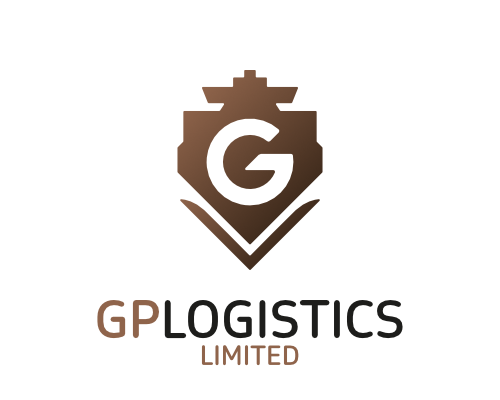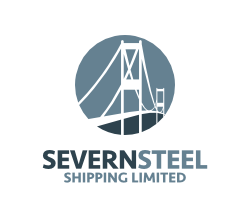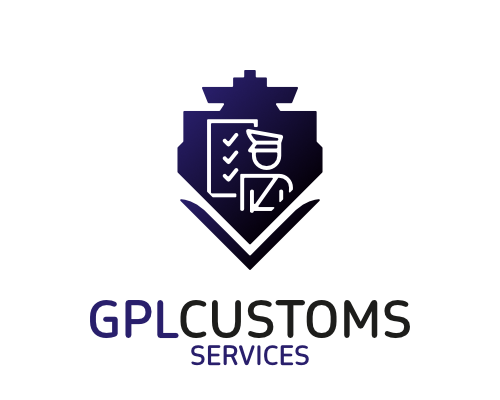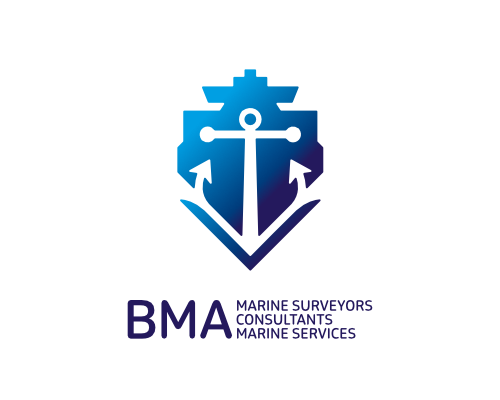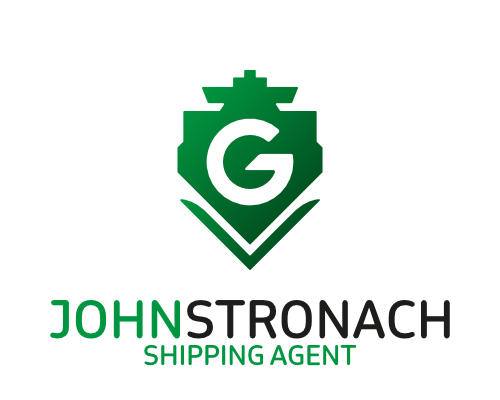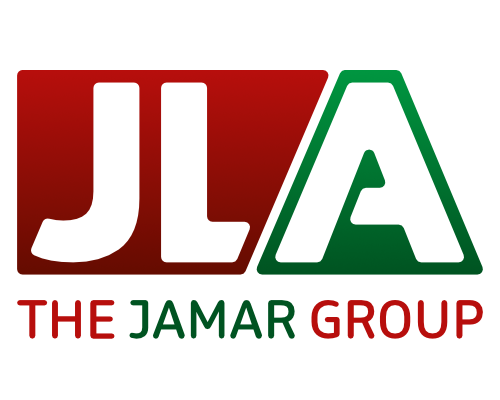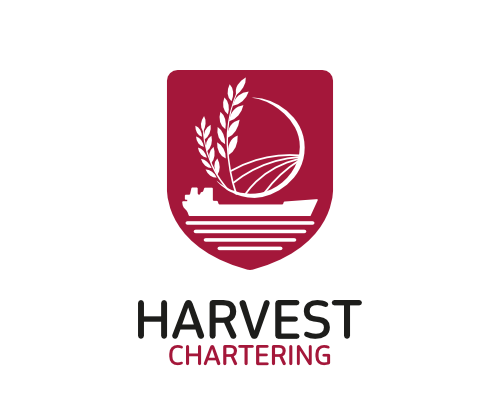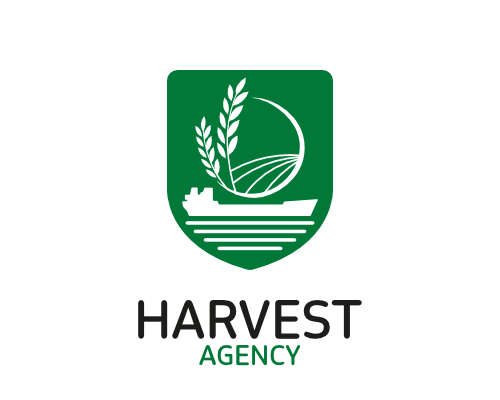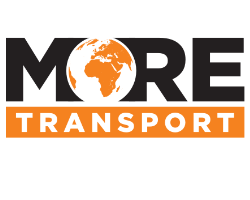
Latest Blogs
Archive
2025
2 Blogs
December
1 Blog Item
August
1 Blog Item
February
2 Blog Items
2024
4 Blogs
October
1 Blog Item
June
3 Blog Items
Customs Clearance (The Ultimate Guide 2024)
Engaging in international trade can in turn be an infuriating experience, especially when trying to unravel the complexity of customs regulations and processes. To be successful in the global market arena it is necessary to keep up with the shifts in trade regulations.
In recent years, the UK trading stage has altered drastically and to move goods through UK borders the understanding of HM Revenue and Customs procedures is essential.
This guide aims to provide you with an insight to smoothly moving goods through UK borders whether they are being imported to the UK or exported to far ends of the world. With this pilot the customs clearances processes will become a simpler part of your operation.
Insight to Customs Regulations
Ever-evolving customs HMRC regulations can seem extremely confusing with the network of rules and procedures continuously being established by the government. Leaving the EU single market obligated the department to enforce new regulations to facilitate legitimate trading whilst protecting nations trade system integrity and control the import and export of goods in the UK. Even though these conversions are causing unique challenges they are necessary to safeguarding people in the country.
Understanding the factors influencing the specific customs regulations applicable to your shipment is vital for a smooth clearance process. Here's a closer look at these key considerations:
- The Nature of Your Goods: Different categories of goods may be subject to specific regulations. For instance, food items may require additional health certificates, while electronics might necessitate compliance with safety standards. Familiarise yourself with any labelling, licensing, or safety requirements applicable to your specific goods.
- Shipment Value Thresholds: Many countries offer simplified clearance procedures for shipments below a certain value. This can expedite the process for low-value goods, reducing time and resources required for clearance. However, exceeding the threshold may necessitate a more complex declaration process.
- The Trade Agreements: Free trade agreements between countries can eliminate or reduce duties on specific goods traded between partner countries. Research any existing free trade agreements that might benefit your shipment and ensure you possess the necessary documentation to claim any applicable benefits.
By demystifying the objectives and influencing factors behind customs regulations, businesses can approach international trade with greater confidence. Remember, familiarising yourself with the specific regulations for your shipment and consulting a customs broker can significantly streamline the clearance process, ensuring your goods reach their destination efficiently and compliantly.
The Customs Clearance Process
Customs clearance can feel like a maze, a series of interconnected steps that require careful understanding to ensure your shipment reaches its destination smoothly. Here's a detailed breakdown of the typical process, equipping you with the knowledge to manage each stage efficiently:
- Preparation: This initial stage is fundamental. Gather all necessary documentation, including commercial invoices, packing lists, bills of lading, certificates of origin, and any required licences or permits. Double-check these documents for accuracy and completeness. Even minor inconsistencies can lead to delays or penalties. Consider this stage an investment – the more meticulous you are here, the smoother your journey through customs will be.
- Electronic Submission: Many countries have transitioned to electronic customs declarations. This typically involves providing an electronic version of documents to clearing agents, the customs broker will then raise an entry based on the provided documentation and submit the declaration with the papers on a customs portal called CDS. Ensuring that the correct information and documentation is provided at the initial stage guarantees a seamless online submission process.
- Arrival and Examination: Once your shipment arrives at the port of entry, it may be selected for physical examination by customs officials. This is a standard procedure to verify the accuracy of the declared information and ensure your goods comply with regulations. Having readily available digital copies of your documentation can expedite this process. If a physical examination is necessary, cooperate fully with customs officials and provide any additional information they may require.
- Duty and Tax Payment: If your shipment is subject to customs duties and taxes, you (importer/exporter) will be required to pay these charges before it can be released from customs control. This is where knowing and understanding Incoterms will come of benefit. Depending on what term the shipment was sold/purchased on will determine who is responsible for paying duties and taxes among other specifications. Furthermore, understanding the applicable duty rates and payment options beforehand helps you budget appropriately and avoid surprises. Some countries offer pre-payment options to expedite clearance.
- Release: Once all requirements are met and any applicable duties and taxes are paid, your shipment will be released from customs control. This signifies the final hurdle has been crossed, and your goods are now ready for onward delivery to their final destination. The duration of the clearance process can vary depending on the complexity of the shipment, the efficiency of the customs authorities, and whether a physical examination was required. By meticulously preparing your documentation, electronically submitting declarations efficiently, and cooperating with customs during examinations, you can significantly reduce clearance times and ensure your goods reach their destination swiftly.
Common Issues in Customs Clearance
The customs clearance process, while seemingly straightforward, can be fraught with challenges that can lead to delays and disruptions. Here's a closer look at some common pitfalls and strategies to manage them effectively:
- Incomplete or Inaccurate Documentation: Ensure all details like product descriptions, quantities, values, and commodity codes are meticulously listed and correspond across invoices, packing lists, and bills of lading. Consider creating a checklist to ensure you haven't missed any crucial documents.
- Incorrect Classification of Goods: Classifying goods under correct HS code is vital to ensure compliance with governments regulations. The commodity codes help HMRC or equivalent party to determine whether goods are classed as safe to enter the country, furthermore it is used to regulate applicable taxes.
- Goods Valuation: Correct goods valuation is vital when declaring them to customs. Underestimating the value of the goods can lead to inaccuracies as customs duties and taxes are levied against their value.
- Communication: Good communication throughout the shipment process with your freight forwarder and customs agent is crucial in the avoidance of delays at the destination port.
- Securing Economic Operators Registration and Identification (EORI) number: Obtaining an EORI number before goods transition start is a fundamental requirement to begin your customs journey. If moving goods between the UK and EU you will also require an EU EROI number.
Strategies for a Smooth Customs Clearance
The key to a smooth customs clearance process lies in meticulous preparation and strategic planning. Here are some essential steps to ensure your goods pass through customs control efficiently:
- Plan and Prepare Early: Don't wait until the last minute. Gather all necessary documentation well in advance of your shipment. Consult us as your customs broker or the destination country's customs authority for guidance on specific requirements. This proactive approach allows ample time to address any potential issues before your shipment arrives, preventing delays at the port of entry.
- Classify Your Goods Accurately: Identifying the correct customs code for your goods is crucial. Utilise official customs resources or seek professional advice to ensure your goods are classified under the appropriate commodity code. Remember, a little effort upfront can save you significant time and money in the long run.
- Maintain Accurate Records: Maintain detailed records of your shipments, including invoices, packing lists, and bills of lading. These documents serve as vital proof of value, content, and origin – essential for smooth clearance. Additionally, keeping comprehensive records allows you to easily reference past shipments for future transactions, streamlining the process over time.
- Consider Working with a Customs Broker: Consider working with us, a reputable customs broker. Our in-depth knowledge of customs regulations and experience handling various types of goods can be invaluable. We can handle the complexities of the clearance process, ensuring your shipment complies with all requirements and minimising the risk of delays or errors. By leveraging our expertise, you can free up your resources and focus on your core business activities, confident that your goods are in capable hands.
Contact Us now to learn how we can support your business in achieving effective and compliant customs clearance.


